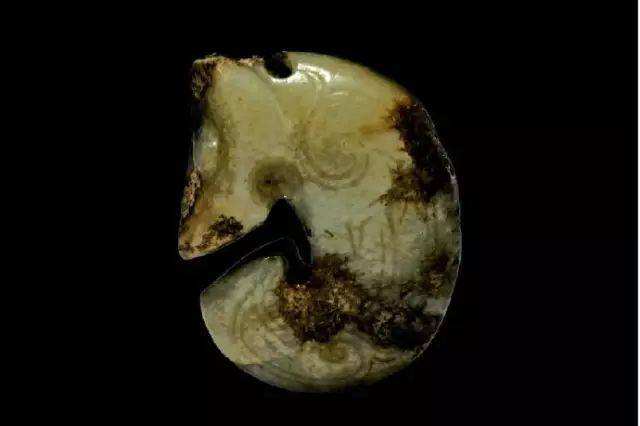The Cultural and Artistic Accomplishments in the Shang Dynasty
4 min readThe material prosperity is bound to boost people’s spiritual pursuit and the development of economy is to enhance the progress of the cultural and artistic creations. In order to improve the productive forces, the Shang regime switched alarge group of slaves away from the manual labor to the cultural, scientific and artistic work which contributed to the brilliant culture in the Shang dynasty and laid a solid foundation for the Chinese civilization’s further progress.
The emergence of mature Chinese characters proves to be a beacon illuminating Chinese civilization. The records about the Shang dynasty were mainly found on the shells and bones, bronze ware and other implements with the shells and bones bearin most of the records. Such records on the bones and shells are what the following generations cal1″the oracle records”. Such inscriptions were engraved into or written on the tortoise shells (mainly on the breastplates) and beast bones, the cattle shoulder blades in particular. The Shang dynasty was characteristic of the Ghost Culture and the people’s mind was dominated by the magic power. The king and the aristocrats tended to resolve important national or family affairs through divination. The inscriptions on the shells and bones were mainly the sacrificial addresses or the divinations of the political, military and meteorological affairs.

The simple oracle inscriptions shed some light on the history of that period. However, the inscriptions on bones and shells are just records of some special incidents and occasions related to divinations, so they in themselves do not amount to the historical records of Yinshang. Moreover, the shell and bone inscriptions were mostly simple words and sentences void of complete chapters or passages. So to a large extent the following generations’ inference and imagination has to be relied on to sketch out the history of that period. So far it can be verified that the characters on the bones and tortoise shells date back to the Yinshang period and contain 3,000-odd different forms, which means that a large number of characters were in use in the Shang dynasty. The six categories of Chinese characters, namely the pictographic characters, self-explanatory characters, associative compound characters, pictophonetic characters, phonetic lone characters and derivative char acters, took their rudimentary forms in the inscriptions of the bones and tortoise shel1s. The late Shang dynasty witnessed the formation of a quite developed character system which was the earliest of its kind in China. These characters demonstrate that the social systems and ideology had become mature by the Yinshangperiod; the inscriptions on the bones and tortoise shells reflect that the Yinshang society boasted highly developed civilization.
Various arts were quite developed in the Shang dynasty and among themthe graphi art was most prominent. Many lifelike sculptures in various forms were made on the utensils or created for people’s admiration, which reflects people’s pursuit and love for beauty as well as their aesthetic creativity.

The bronze ware and some pottery ware dating from the early Shang dynasty were carved with exquisite patterns mainly featuring Taotie, the mythical ferocious animal, with clouds floating between. Such carvings presented an imposing and tasteful look. In the late Shang dynasty the bronze-making techniques made further progress as reflected in the more diversified decorative patterns on the bronze ware. Besides the patterns featuring Taotie there were other patterns in the formof sheep, the deer head, the cattle head, the tiger, the cicada and human figures. The we11-proportioned sculptures appear stately and flexibly. The carv ings of jade, stones, horns, bones and teeth are also marvels.
Among the 400-odd jade articles unearthed form the Fuhao tomb there are three-dimensional sculptures or sculptures in relief featuring the full-length human figure or the human head. Among the figures some wear a crown with a sash around the waist and feature the kneeling position, some are barefooted and wear the hair in a coil and some are naked and tattooed. And there is one masculine figure and a feminine figure. The animal and bird sculptures feature the images of tiger, leopard, bear, elephant, cattle, sheep, horse, monkey, dog, rabbit, crane, goose, and dove. There were also sculptures featuring dragon, phoenix, tortoise, frog, cicada, fish and mantis.A1l the sculptures are vivid and lifelike, and never fai to strike the admirers with wonder and amazement.

Music already appeared in the Shang dynasty and varieties of music instruments made of gold, stone, bamboo, wood, leather, silk, pottery were created. The large chime stone unearthed from the Wuguan Village of Anyang features tiger patterns in relief which appear lifelike and the chime produced by the stone is clear and pleasant. Such a chime is a masterpiece created by the people back then.








